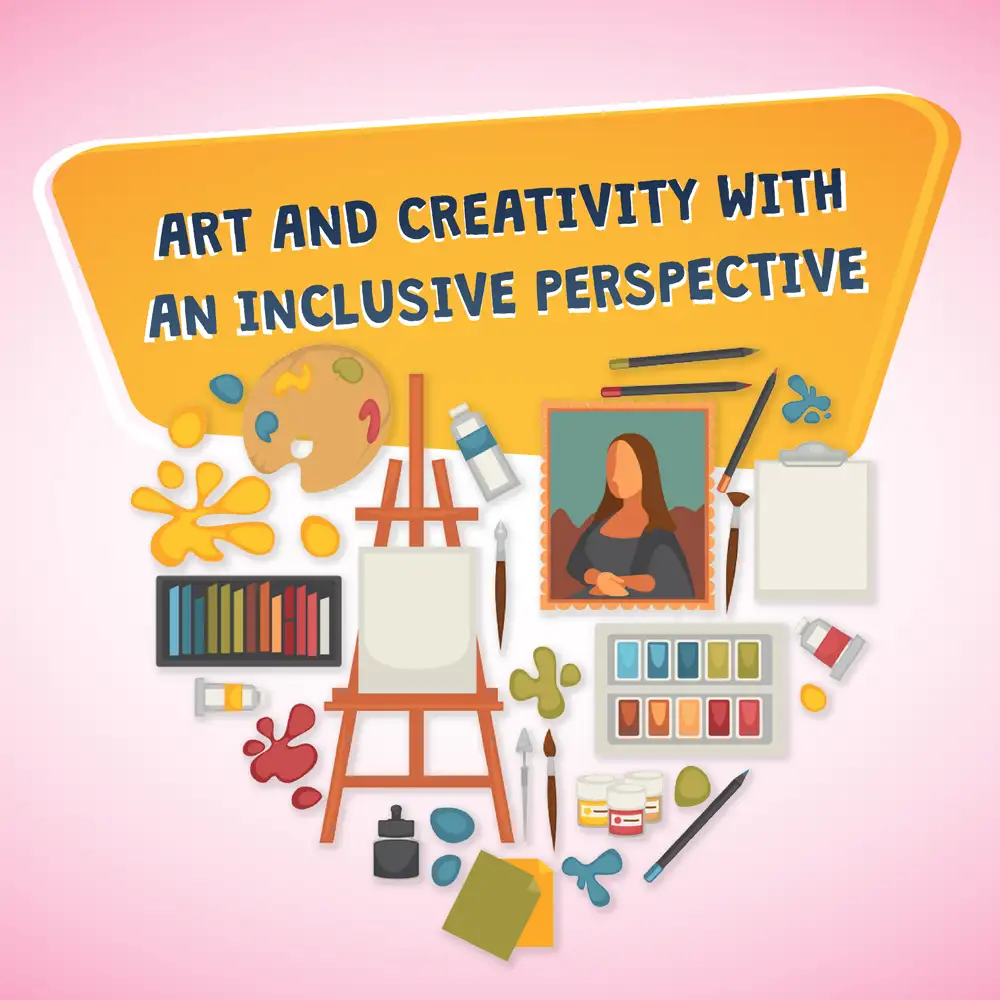DERMEN ERASMUS TRAINING COURSES

- #ART AND CREATIVITY WITH AN INCLUSIVE PERSPECTIVE

Course Content:
The Art and Creativity with an Inclusive Perspective Course is a transformative journey that celebrates diversity and empowers participants to embrace inclusive practices in the world of art and creativity. This course aims to inspire educators, artists, and creatives to cultivate an inclusive mindset that honors individuality, breaks barriers, and fosters a sense of belonging for all. Through a diverse range of artistic expressions, participants will explore how art can become a powerful medium for promoting empathy, understanding, and social change.
Objectives:
- To introduce participants to the concept of inclusive art and creativity, emphasizing the importance of representing diverse perspectives, experiences, and identities.
- To foster an understanding of the transformative role of art in promoting empathy, tolerance, and respect for diverse cultures, races, genders, and abilities.
- To explore various forms of inclusive art, including visual arts, performing arts, literature, music, and multimedia, as powerful vehicles for social inclusion and empowerment.
- To equip educators and artists with strategies for creating inclusive learning environments that celebrate the uniqueness of each individual and encourage creative expression without judgment.
- To highlight the significance of authentic representation and cultural sensitivity in art, ensuring that diverse voices are heard and respected.
- To provide insights into the history of underrepresented groups in the art world and their contributions to artistic expressions.
- To encourage the use of inclusive language and imagery in art and creativity, promoting positive representation and challenging stereotypes.
- To facilitate collaboration and cross-cultural exchange among participants, fostering a community of artists and creatives committed to inclusivity.
- To explore the potential of art therapy as a tool for healing and empowerment, particularly for marginalized communities and individuals facing challenges.
- To promote accessible and inclusive art spaces, ensuring that art and creativity are open to everyone, regardless of physical or cognitive abilities.
- To address potential barriers to inclusive art and creativity, such as cultural biases, language barriers, and institutional limitations, and brainstorm solutions for overcoming them.
- To encourage participants to reflect on their own biases and privilege and how these may influence their creative work and interactions with others.
- To inspire participants to use their artistic skills and creativity to advocate for social justice, equality, and inclusion in their communities and beyond.
- To showcase successful examples of inclusive art projects and initiatives, inspiring participants to implement similar practices in their own work.
- To empower participants to be ambassadors of inclusive art and creativity, spreading awareness and advocating for the importance of diversity and representation in the arts.




